Specifications
- Material and Construction
- Outer Shell: The outer layer of a fire suit is usually made from flame-resistant (FR) and heat-resistant materials, such as Nomex, Kevlar, PBI (Polybenzimidazole), carbon fiber, or modacrylic fibers. These materials offer superior protection against heat and flames while being lightweight and durable.
- Liner Material: The inner lining of a fire suit is typically made from thermal-resistant fabrics such as aramid fibers or meta-aramid, offering additional protection from high temperatures. Some suits also have moisture-wicking linings to keep the wearer dry and comfortable.
- Waterproofing: Many fire suits feature a water-resistant or waterproof membrane, providing protection in wet or rain-exposed conditions without sacrificing breathability.
- Thermal Protection and Insulation
- Heat Resistance: Fire suits are designed to protect against heat and flames, typically offering protection in temperatures up to 1,000°F (537°C) or more, depending on the material used.
- Thermal Insulation: The suit often includes multiple layers of thermal insulation, such as quilted or reflective materials like aluminum coatings, which reflect heat away from the body.
- Flame Resistance: The materials used in fire suits meet stringent standards for flame resistance and thermal protection performance (TPP). The TPP rating indicates the level of protection the suit offers against flash fires.
- Design and Features
- Jacket and Pants: Fire suits generally consist of a jacket and pants, with both pieces designed to be fully sealed to prevent heat or flames from entering. The jacket typically includes a high-collar for neck protection, adjustable cuffs, and storm flaps over zippers to prevent heat penetration.
- Full Body Coverage: The suit provides full coverage of the body, including hoods, gloves, and boots, to protect the head, hands, and feet.
- Breathability and Ventilation: Many modern fire suits incorporate ventilation zones or meshed panels for breathability, reducing heat buildup inside the suit and ensuring comfort during long shifts.
- Reflective Stripes: To enhance visibility in low-light or smoky conditions, many fire suits come with reflective strips or high-visibility colors such as yellow, orange, or red, increasing safety during emergency situations.
- Fit and Mobility
- Ergonomic Design: Fire suits are designed to allow the wearer to move freely. They incorporate articulated joints in the arms, legs, and knees to ensure flexibility and ease of movement.
- Adjustable Features: Many fire suits include adjustable straps, belts, and elastic cuffs to ensure a snug, secure fit, preventing the suit from loosening during action. Some suits also feature quick-release mechanisms for rapid removal in case of emergencies.
- Lightweight Options: For increased mobility and ease of wear, modern fire suits are being designed with lighter, more flexible materials that do not compromise the protective qualities.
- Compliance and Standards
- NFPA 1971 Compliant: Fire suits must meet NFPA 1971 standards for structural firefighting protective clothing, ensuring they provide adequate protection against heat, flames, and physical trauma.
- EN 469 Compliant: Many fire suits are also certified according to EN 469 standards, the European standard for protective clothing in firefighting, covering aspects such as flame resistance, thermal insulation, and water resistance.
- ISO 11612 Compliant: Fire suits designed for industrial use often meet ISO 11612 standards for protective clothing against heat and flame exposure, ensuring adequate protection in industrial environments.
- CE Certification: Many fire suits carry the CE mark, indicating compliance with European safety standards for personal protective equipment.
- Additional Protective Features
- Chemical and Flash Fire Protection: Some advanced fire suits are designed to offer flash fire protection and chemical resistance, ensuring safety in hazardous material handling or environments with high explosive risks.
- Electrical Hazard Protection: Certain fire suits, particularly those used in electrical environments, are designed to be electrically insulating, offering protection against accidental electrical contact.
- Maintenance and Durability
- Easy Cleaning and Maintenance: Fire suits are generally made from durable, machine-washable materials that can withstand frequent use and rigorous cleaning. However, proper care is essential to maintain the integrity of flame resistance.
- Durable Construction: Fire suits are designed to last, with reinforced seams, abrasion-resistant patches, and strong zippers and closures that prevent wear over time.


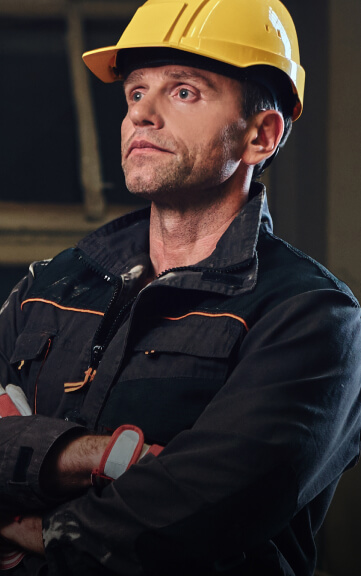
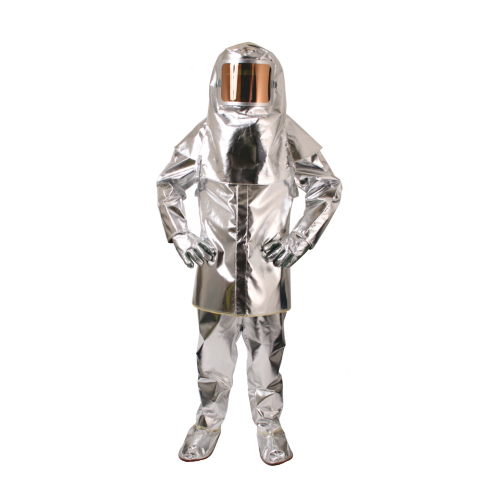
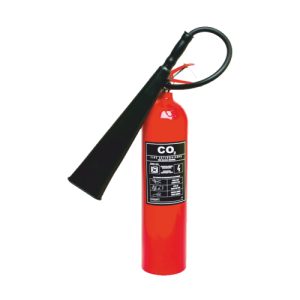
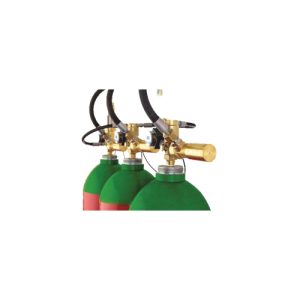
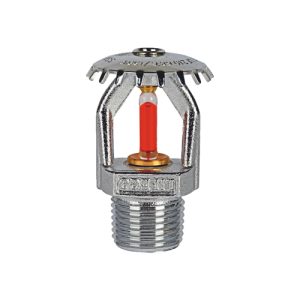
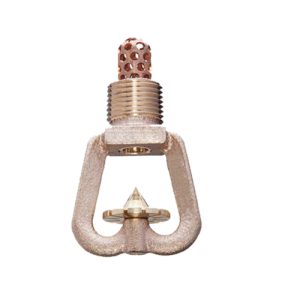
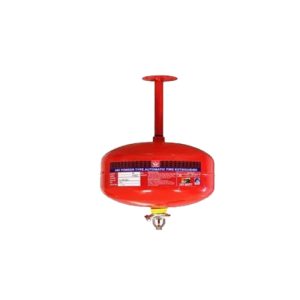
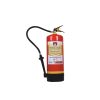
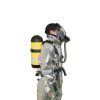
Reviews
There are no reviews yet.